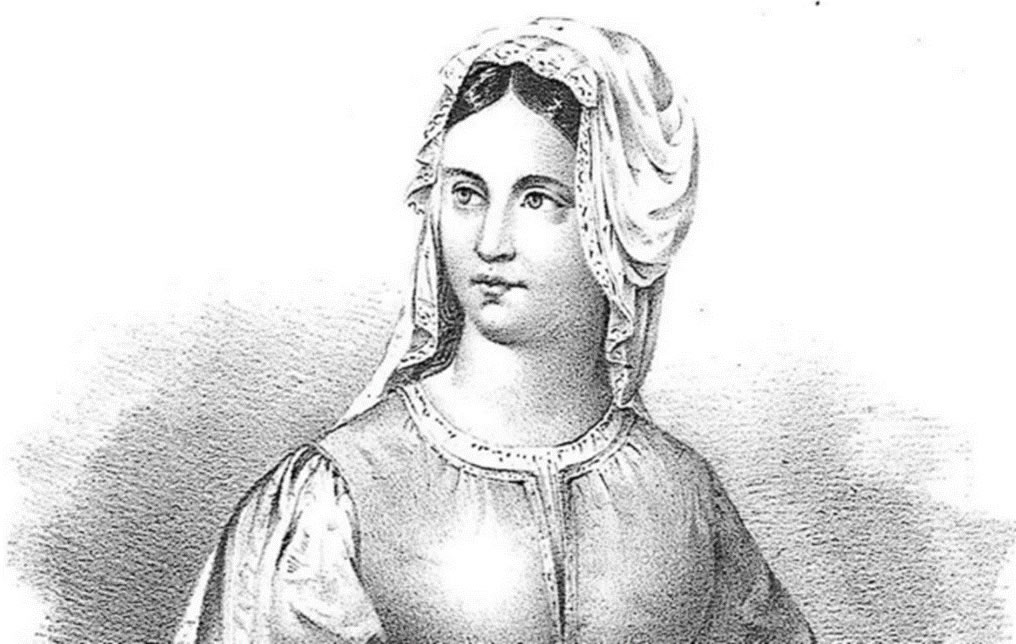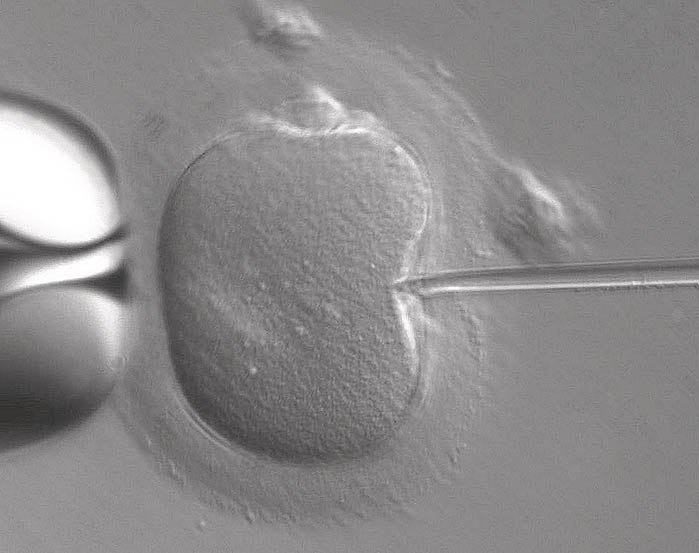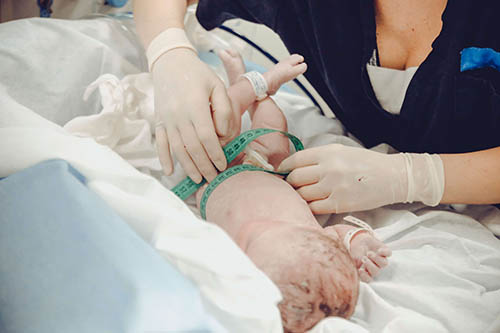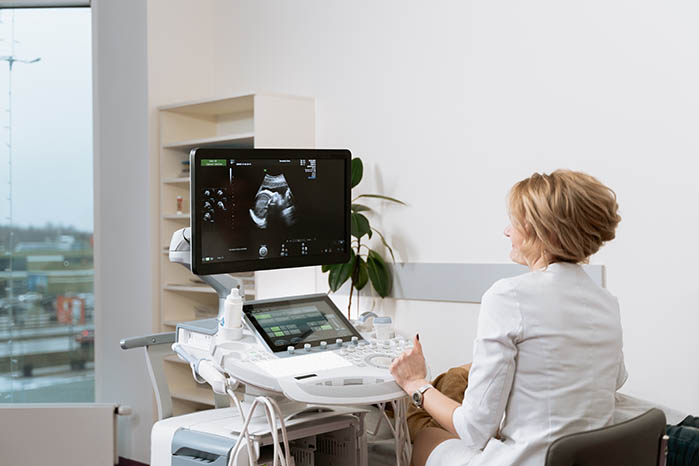March marks National Women’s History Month. This month calls all to recognize and honor the women who have been influential across all realms, especially those in reproductive medicine. The Centers for Disease Control and Prevention (CDC) reports, “An estimated 6.1 million women struggle with infertility.” With breakthroughs made by females in the STEM industry, many fertility treatment options are now available for women worldwide. Read more to learn about 7 of fertility’s most influential female figures throughout history.
1. Trotula Di Ruggiero
Known as one of the first female physicians in the Middle Ages, Trotula Di Ruggiero made pivotal strides in the medical field, specifically obstetrics/gynecology. In the 11th century, Ruggiero attended one of the first medical schools in Europe named The School of Salerno.

The female physician published many works, but at the time, many could not conceive that a woman would be talented in the sciences, so many of her works were credited to her husband. One of her many revolutionary findings was that fertility issues did not always originate from a woman. Ruggiero’s most influential work, “Passionibus mulierum curandorum,” was for several centuries utilized as a mandatory text in European universities.
2. Rose Epstein Frisch
Body fat percentage was not considered a factor affecting fertility until one female scientist proved otherwise. Harvard researcher Rose Epstein Frisch conducted studies involving female athletes and gymnasts that revealed a certain percentage of body fat is required for monthly menstruation. Since the healthcare field was male-dominated then, her findings were met with much criticism and backlash. It wasn’t until 1994 that the scientific community had proven that the fat-producing hormone, leptin, is associated with fertility and puberty when her research was finally accepted.

3. Miriam Menkin
Exhausted from caring for her eight-month-old daughter, Harvard lab technician Miriam Menkin labored intensely into the night. The following day, Menkin came to the lab and finally, after six years, succeeded in fertilizing an egg with sperm in a glass dish. I was so exhausted and drowsy that, while watching under the microscope how the sperm was frolicking around the egg…In other words, I must admit that my success, after nearly six years of failure, was due – not to a stroke of genius – but simply to cat-napping on the job!” Menkin shared with a publication. To many, Menkin may have been just a technician for fertility scientist John Rock, who himself had been credited to be one of the first researchers on the project; but she was the primary source to see this project to completion.
4. Louise Brown
It was because of Miriam Menkin’s breakthrough that the first “test tube” baby was born via in-vitro fertilization, and her name was Louise Brown. The conception of Brown led to a media frenzy, with religious groups attacking the procedure and the scientific community critiquing whether Brown would be born a healthy baby. Louise Joy Brown was born without complications on July 25, 1978, in Oldham, United Kingdom as the first baby to be conceived outside of a human body. Now, even as an adult, Brown told Time that her conception continues to inspire and touch others.

5. Anne McLaren FRS
Behind every scientific breakthrough, there are researchers who labored tirelessly in a lab beforehand and often go unrecognized. Anne McLaren FRS, who originally studied zoology, was the first female scientist to transfer mice eggs grown in tissue culture into a surrogate mother. Her work demonstrated that it is possible to unite a sperm cell and an egg outside the womb. McLaren contributed many findings and research to the scientific community publishing over 300 scientific papers in her lifetime. It is because of McLaren’s successful experiment that paved the way for fertility options such as in vitro fertilization and surrogacy.
6. Karen Sermon
Preimplantation Genetic Diagnosis or PGD testing is used during the in-vitro fertilization process to detect any genetic diseases or mutations. This procedure aids in selecting embryos and determines if one of the eggs contains a genetic disease. Female scientist and European Society of Human Reproduction and Embryology (ESHRE) board member Karen Sermon took part in perfecting PGD testing for embryos with genetic disorders that can lead to neurological damage and an early death to be screened. Since the infancy of PGD testing, Sermon continues to labor vigorously to perfect the technique. Now, Sermon is dedicated to STEM cell research on how chromosomes are transformed in human embryos.

7. Anna Veiga
In many parts of the world, there is still much development in the availability of fertility options. Biologist Anna Veiga became a pioneer in Europe’s fertility industry by establishing Spain’s first in vitro fertilization laboratory. Veiga achieved historical milestones with the establishment, such as producing the first baby from a frozen embryo and being one of the first to conduct PGD testing in Spain. Today, Veiga has written an estimated 100 published works for the scientific community and has become a key opinion leader in her field.
Although the reproductive industry predominantly consisted of males, these influential women have set the stage for future female scientists to blaze their trails on the path to reproductive enhancements.




